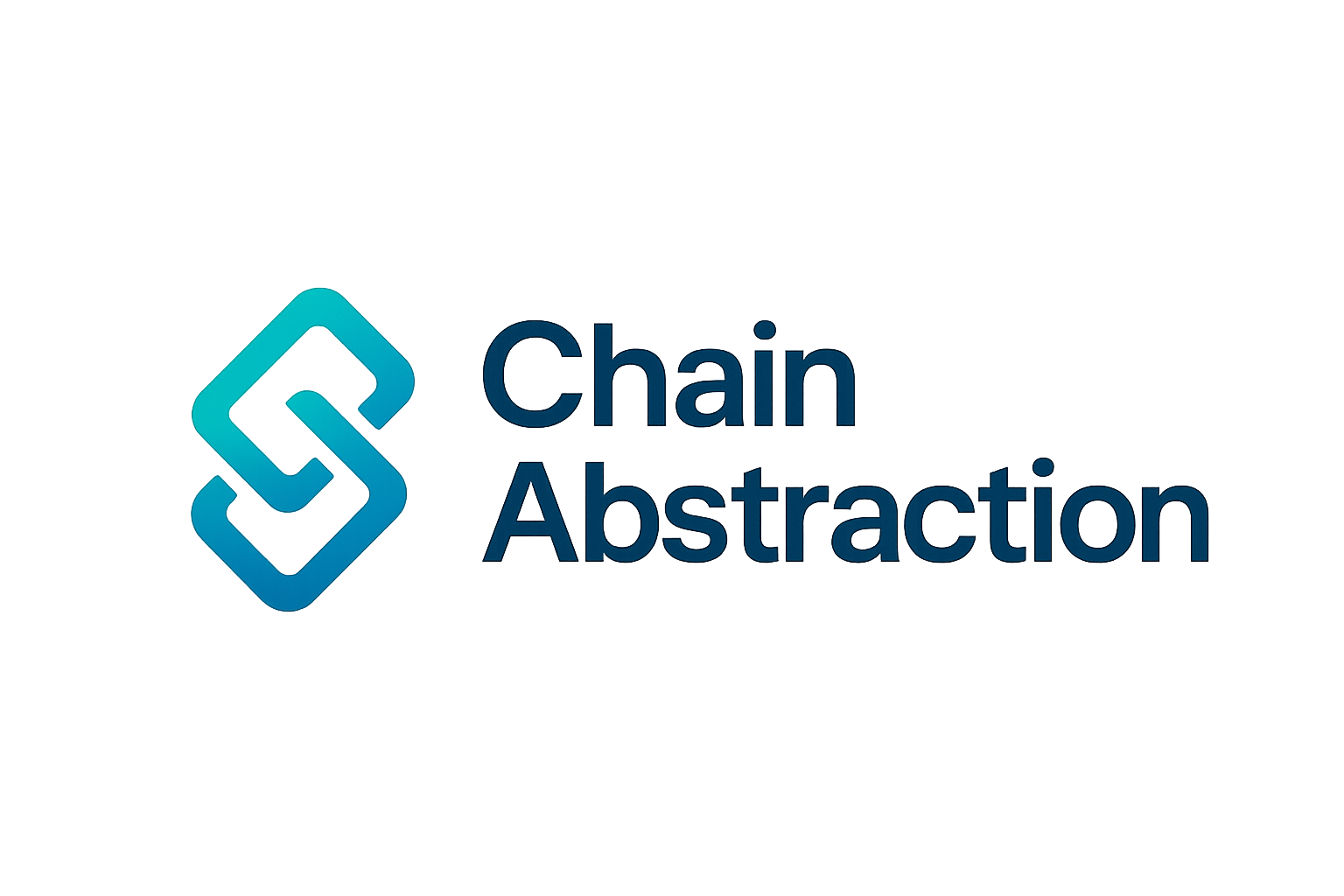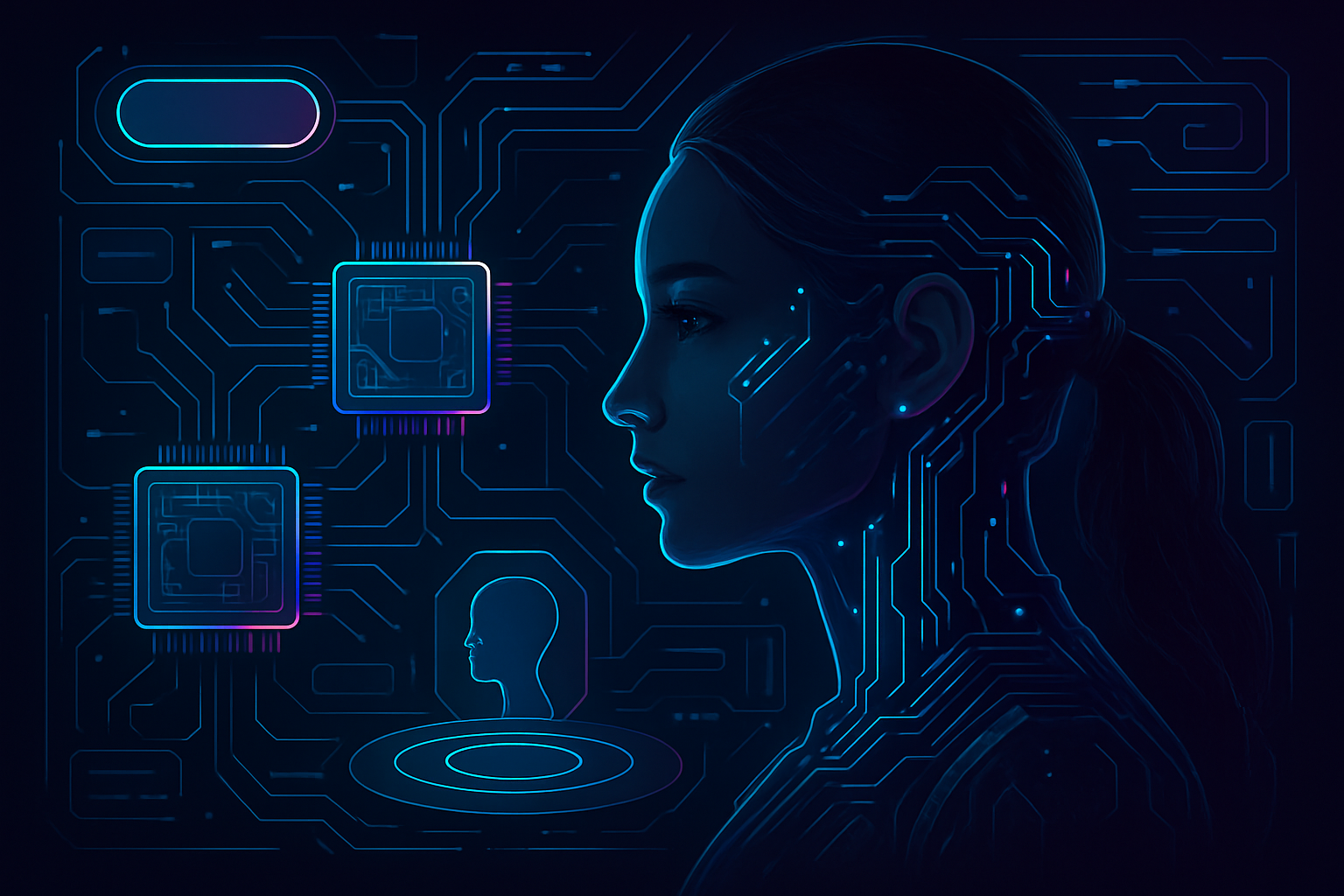
Imagine managing your crypto assets, NFTs, and DeFi positions across multiple blockchains, without ever feeling the friction of network switching or worrying about bridge vulnerabilities. This is no longer a distant dream. Thanks to rapid advances in AI cross-chain UX, the decentralized finance landscape is being reshaped, making seamless, personalized multi-chain interactions a reality for everyday users and developers alike.

How AI Is Rewiring Cross-Chain Interactions
The complexity of blockchain interoperability has long been a barrier to mainstream adoption. Juggling multiple wallets, monitoring gas fees across chains, and navigating risky bridges can overwhelm even seasoned crypto enthusiasts. Enter artificial intelligence: by analyzing real-time data and user behavior, AI-driven tools are now optimizing everything from transaction routing to security protocols.
One standout example is Alemio, which leverages AI-powered analytics to recommend the fastest and most cost-effective routes for cross-chain transfers. This not only saves users time and money but also abstracts away the technical complexity that has historically plagued multi-chain activity.
Security Gets Smarter: AI as a Sentinel for Bridges
Security is often the Achilles’ heel of cross-chain operations. With billions lost to bridge exploits over recent years, trust in interoperability solutions has been shaken. However, frameworks like BridgeShield are turning the tide by using heterogeneous graph attention networks, an advanced form of AI, to detect suspicious activity patterns across interconnected blockchains. This approach enables platforms to identify potential attack vectors before they become costly breaches, setting new standards for proactive defense in DeFi infrastructure.
How AI Is Transforming Cross-Chain User Experience
-
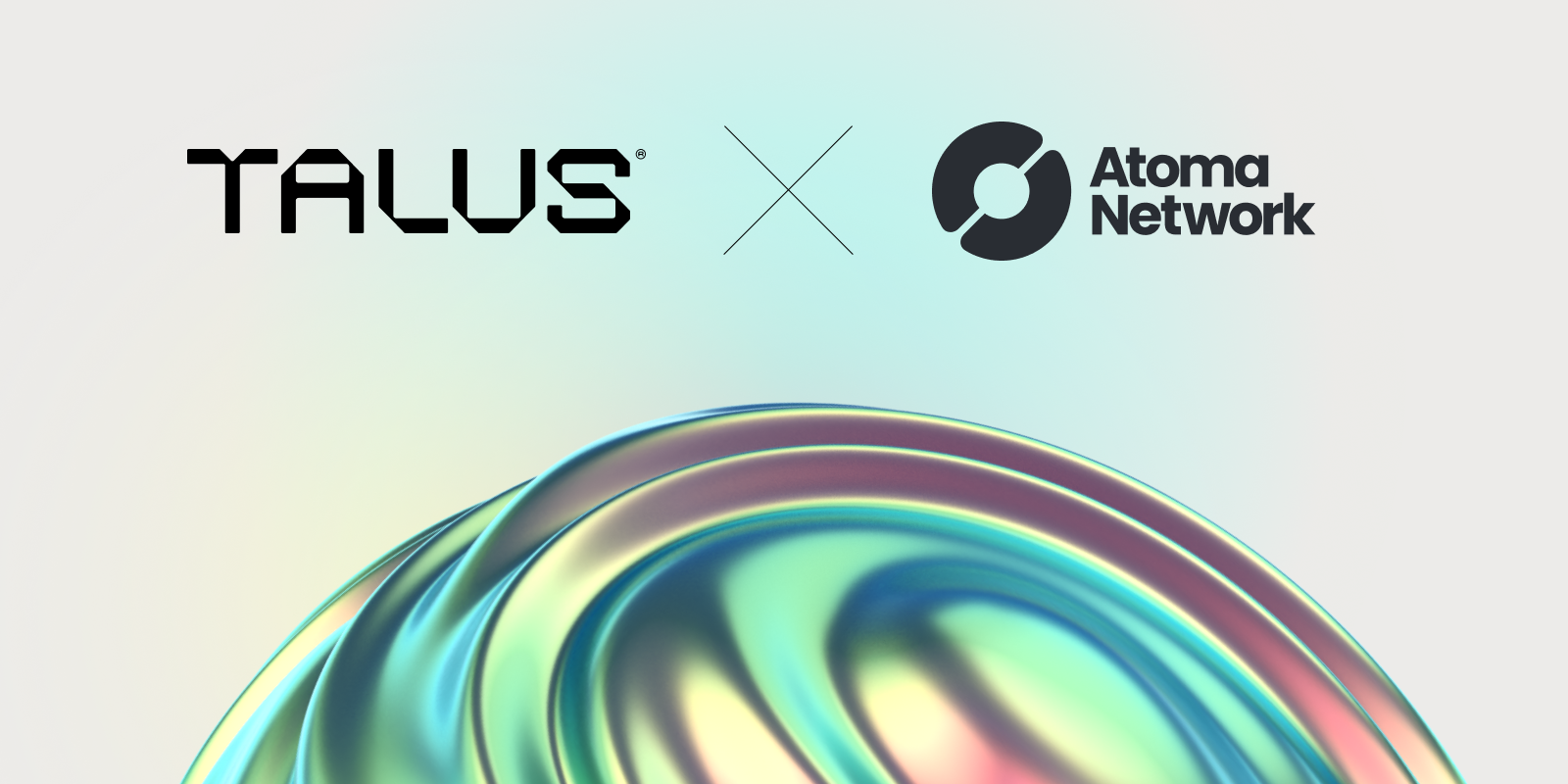
Talus x Union: AI Agents for Seamless Cross-Chain TransactionsThrough the collaboration between Talus and Union, AI agents can now execute atomic trades and asset transfers directly across multiple blockchains. This removes manual steps and enables frictionless, automated interactions for users.
-
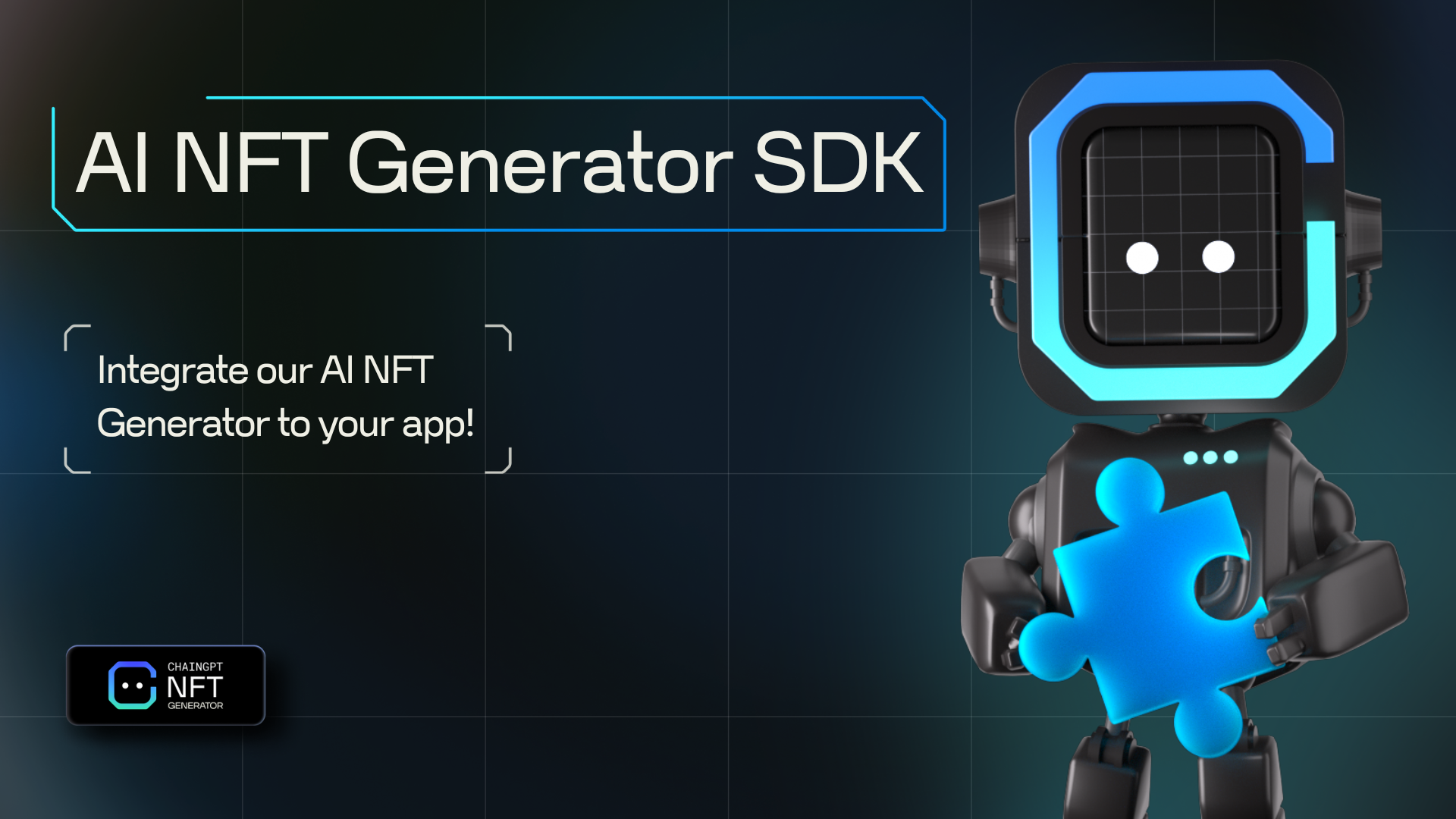
ChainGPT & Cronos: AI-Driven NFT Creation Across ChainsChainGPT has partnered with Cronos to power its AI NFT Generator, making it possible to mint scalable, low-cost NFTs that are interoperable across several blockchain networks. This integration streamlines the NFT creation process for users and developers alike.
-
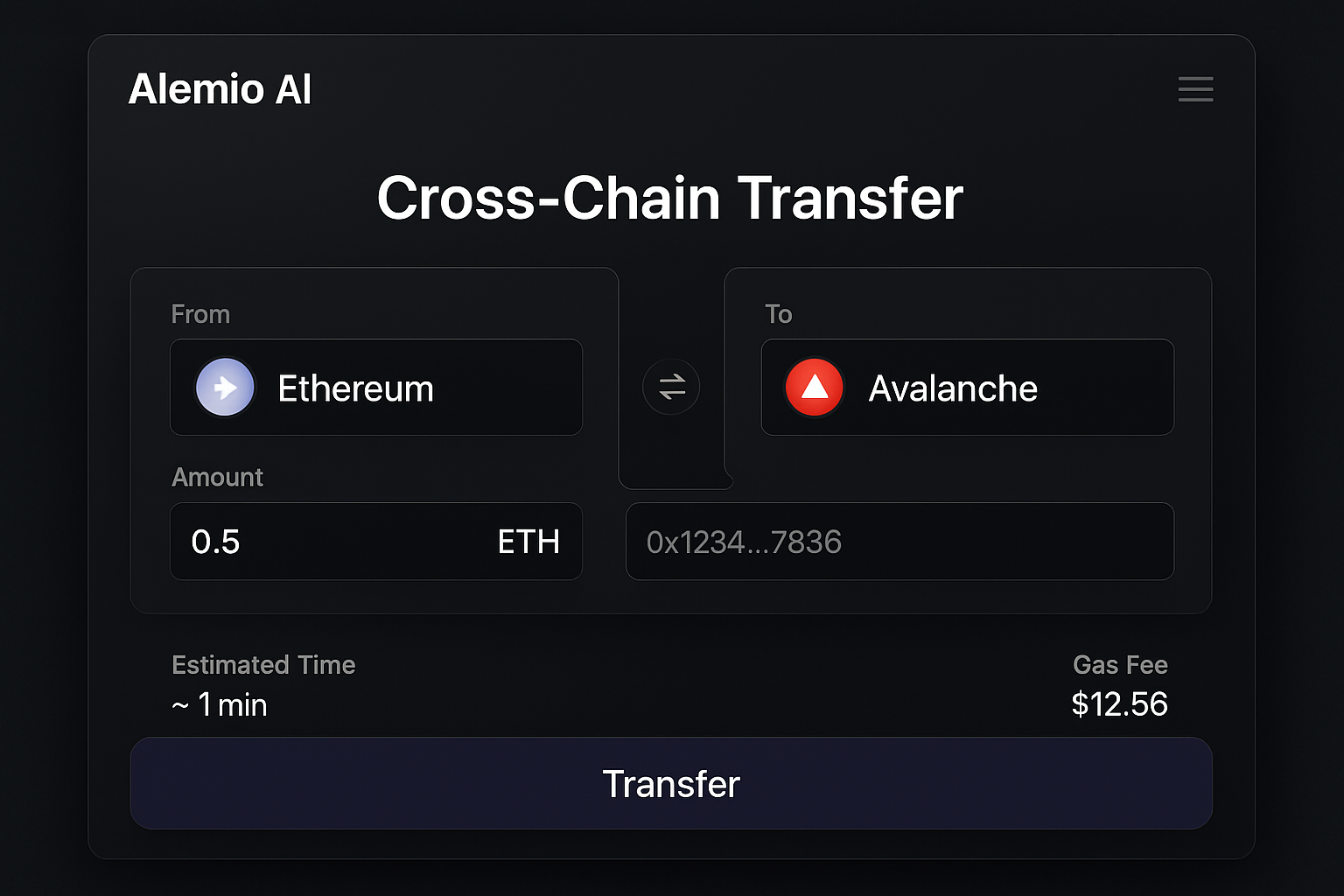
Alemio: Optimized Cross-Chain Transfers with AI AnalyticsAlemio utilizes AI-powered analytics to recommend the fastest and most cost-effective routes for cross-chain transactions, automatically adapting to real-time network conditions and simplifying multi-chain asset management.
-

BridgeShield: AI-Powered Security for Cross-Chain BridgesThe BridgeShield framework employs advanced AI models (heterogeneous graph attention networks) to detect complex cross-chain threats and vulnerabilities, enhancing the security and reliability of cross-chain applications.
-
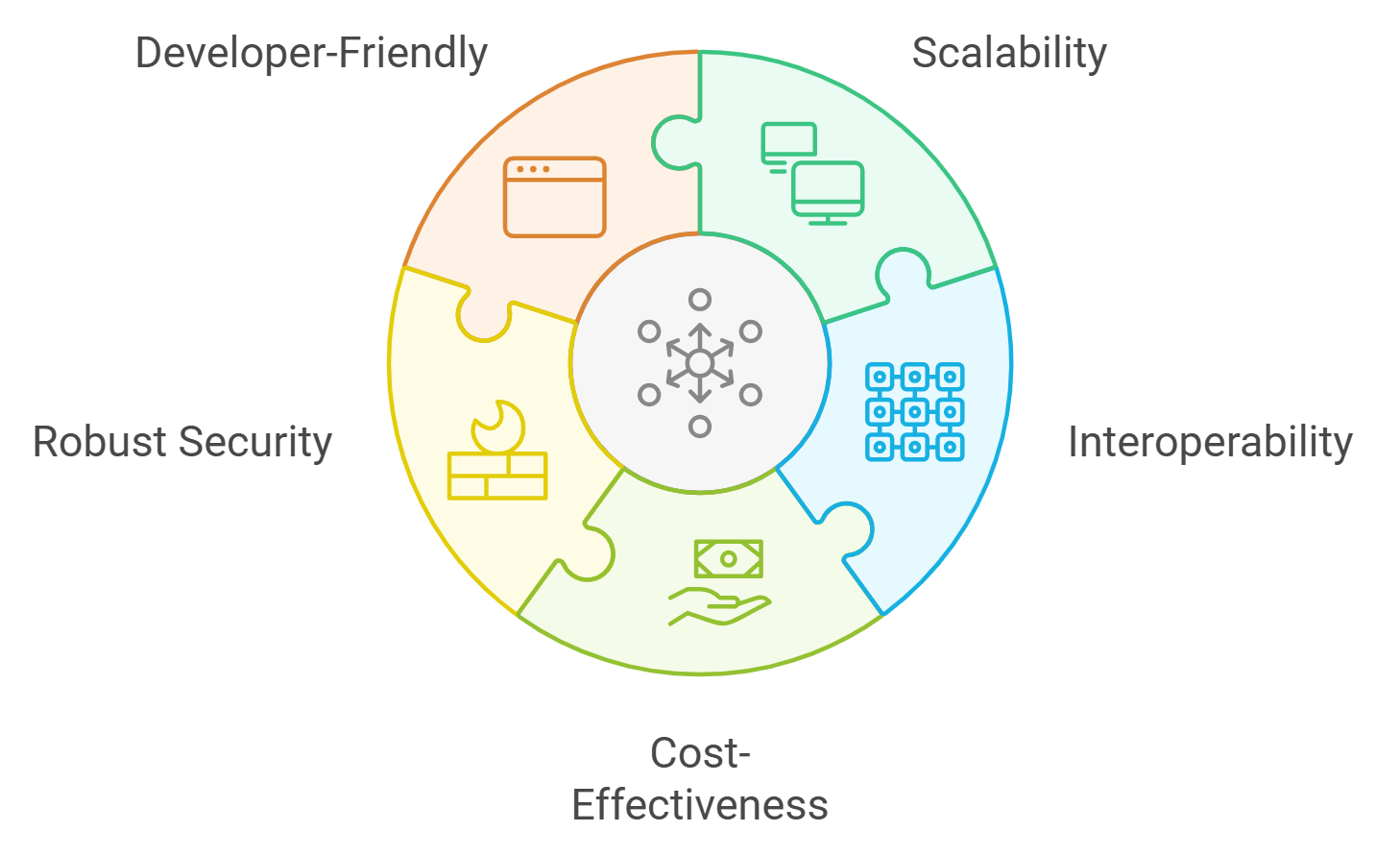
IntegrateX: Efficient Atomic Smart Contract ExecutionIntegrateX introduces a unified system for cross-chain smart contract execution, leveraging AI to ensure atomicity, reduce latency, and improve overall performance for decentralized applications.
-
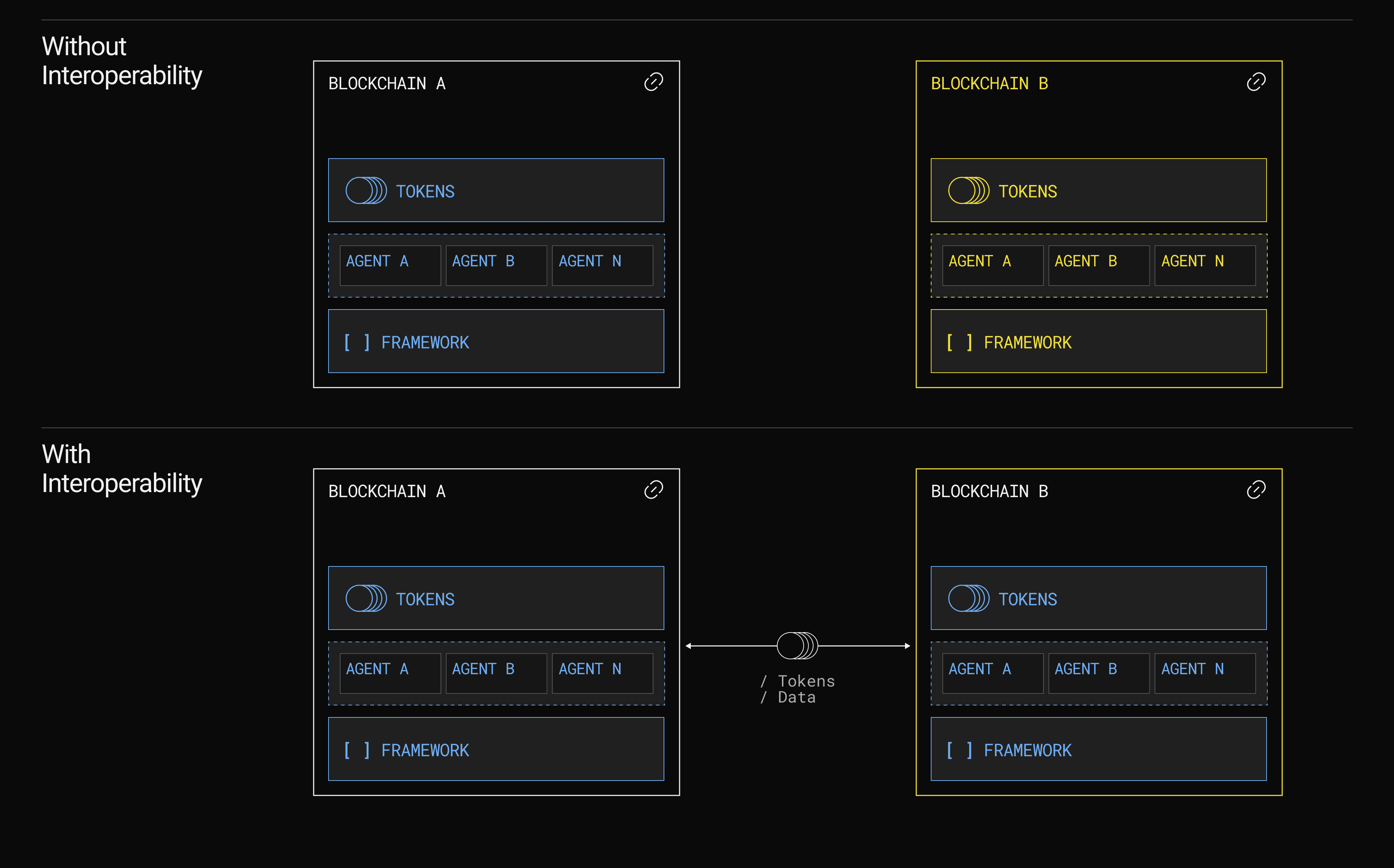
Omnichain Web Framework: Unified, AI-Compatible Cross-Chain UXThe Omnichain Web framework brings together decentralized networks with zero-knowledge proof systems and AI agent compatibility, enabling intent-driven, autonomous user experiences and streamlined liquidity management across blockchains.
-
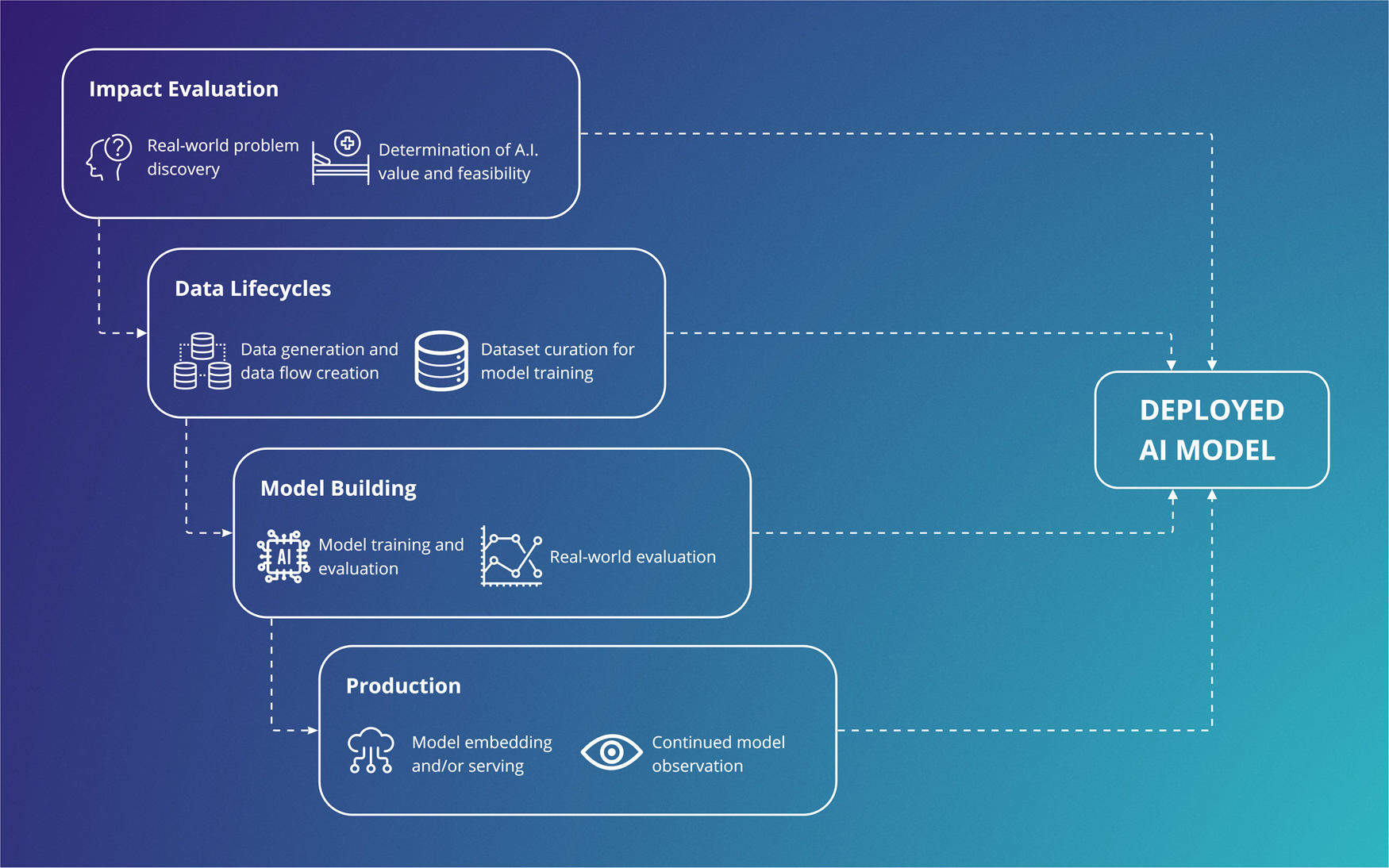
Nexium: AI-Driven Interoperability LayerNexium offers an AI-powered layer that optimizes cross-chain routing, predicts network conditions, and detects anomalies, ensuring seamless interoperability between Layer 1 and Layer 2 networks for a smoother user experience.
The Rise of Intent-Driven Interfaces and Autonomous Agents
Perhaps the most exciting development in personalized multi-chain UX is the emergence of intent-driven interfaces powered by autonomous AI agents. Instead of manually piecing together transactions on different networks, users can now express their goals (“swap ETH on Ethereum for SOL on Solana at lowest cost”) and let smart agents handle all backend logic, including route optimization and compliance checks, autonomously.
This vision is quickly materializing through collaborative projects like Talus x Union, where empowered agents execute atomic trades directly across chains without user intervention. The result? Smoother onboarding experiences, reduced risk of human error, and a more approachable entry point for newcomers venturing into decentralized ecosystems.
